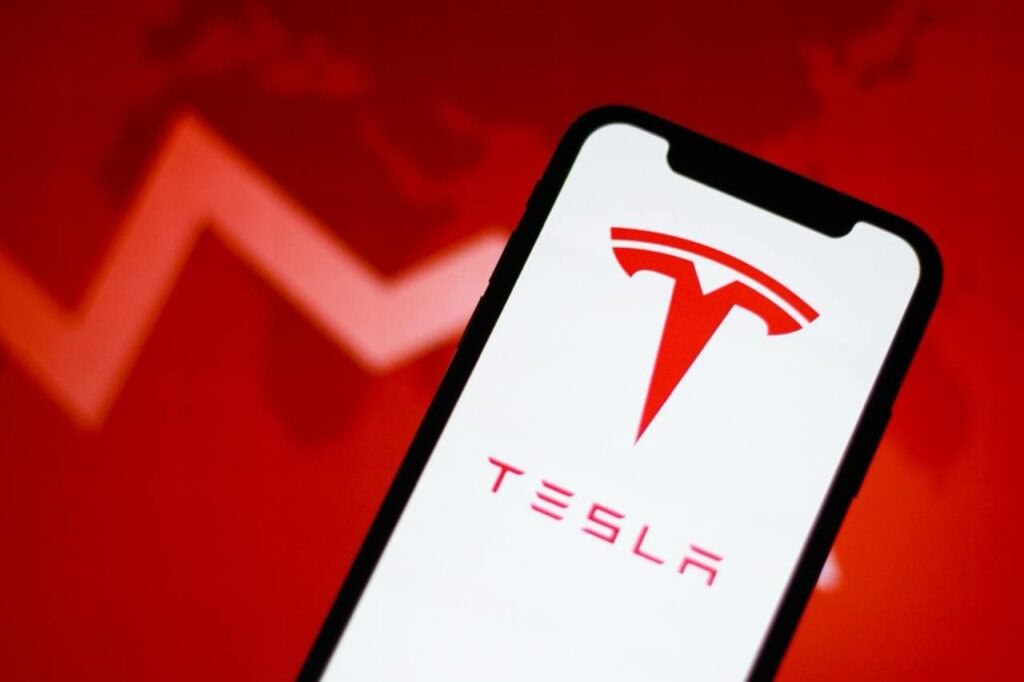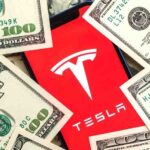Tesla’s (NASDAQ: TSLA) stock price has experienced one of its worst losing streaks in recent months as the company struggles with growing competition and concerns about CEO Elon Musk’s commitment to the firm.
The magnitude of TSLA’s recent sell-off has seen the electric vehicle manufacturer wipe out $500 billion in market capitalization since hitting a record high of $488 on December 18, 2024. Despite the losses, Tesla’s market cap remains above the $1 trillion mark, currently at $1.056 trillion.
In the latest trading session, TSLA closed at $328.50, down over 6%. Year-to-date, the EV maker has plunged 13%.
The $328 valuation was a critical support zone that helped TSLA launch the explosive growth in late 2024. A breakdown below this level could accelerate selling pressure, potentially targeting $300 or lower in the short term.
Notably, the late 2024 gains were fueled by overall market sentiment following the election of Donald Trump, who has close ties to Musk.
Why TSLA stock is crashing
Tesla’s recent weakness has been exacerbated by rising competition from BYD. The Chinese EV giant recently announced the integration of DeepSeek into its autonomous systems, potentially gaining an edge. Notably, Tesla has been working to make significant inroads in autonomous driving this year.
Meanwhile, Musk’s deep involvement in projects like SpaceX, X, and xAI and his government role at the Department of Government Efficiency (DOGE) have raised concerns about his commitment to Tesla.
His political affiliations have also reportedly polarized Tesla’s customer base. As reported by Finbold, Wall Street analyst Gordon Johnson has warned that Tesla might “implode” in 2025 due to Musk’s political ties and declining sales in key markets.
Regarding Tesla’s next price trajectory, trading expert Jon Markman cautioned in an X post on February 11 that investors should brace for further losses with the stock seeing reduced buying activity.
He noted that after TSLA failed to hold above the $345 resistance zone, selling pressure intensified, and the stock may slide toward the next key support level at $324.68. If this level fails to hold, the 200-day moving average (MA) at $269.89 could act as a stronger floor in the event of accelerating downside momentum.
On the upside, Tesla would need to reclaim the 20-day exponential moving average (EMA) at $384.92 and break above $401.76 to regain bullish momentum.
AI predicts TSLA stock price
Although technical indicators paint a grim outlook for Tesla stock, Finbold’s artificial intelligence (AI) tool remains bullish in the short term.
Based on the end of February forecasts, the tool’s average predicted price is $396.04, implying a 22.48% potential gain.
Among AI models, Grok 2 Vision is the most bullish, forecasting TSLA at $430—a 32.98% increase—followed by ChatGPT-4o at $420, an upside of 29.89%. In contrast, Claude 3 Opus remains more conservative, predicting a modest rise to $338.12, a 4.57% gain.
Compounding Tesla’s short-term troubles is that the Texas-based EV maker missed analysts’ expectations for earnings and revenue in Q4 2024. The company reported adjusted earnings of 73 cents per share, below the 76 cents expected, and revenue of $25.71 billion, falling short of the $27.26 billion estimate.
To turn things around, Tesla is betting on full self-driving (FSD) and AI to drive growth. However, some analysts caution that the stock’s valuation already reflects advancements that have yet to materialize amid rising safety concerns.
Notably, Tesla’s Autopilot has been linked to 52 confirmed and 55 claimed fatalities, with FSD involved in two recent deaths. In 2024 alone, seven fatalities (five confirmed, two unconfirmed) have been reported since FSD’s wider rollout, making safety monitoring a critical factor moving forward.
Featured image via Shutterstock








